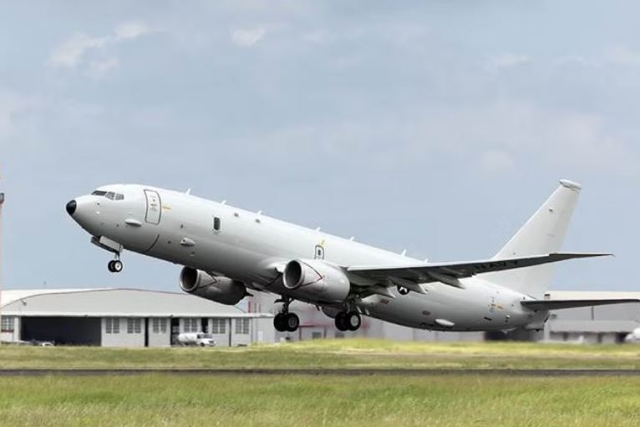Norwegian Flagged Civilian Ship “Spying” for U.S. Near Taiwan: Chinese Think Tank

The Grand Canyon II, a Norwegian flagged multirole support vessel affiliated to Helix Energy, a US oil and gas services company, has been undertaking “undisclosed operations” during the past months, the South China Sea Strategic Situation Probing Initiative (SCSPI), a Beijing-based think tank, said on Sunday.
In early March, the ship arrived in Yokosuka, Japan, from Guam to carry the MH-60S Seahawk helicopter that was salvaged on March 17 after it crashed into the ocean 92 nautical miles east to Okinawa on January 25, 2020.
According to tracking data released by SCSPI, the Grand Canyon II has been operating near the island of Taiwan and in the South China Sea over the past month. Data also shows that since late 2020, the ship had stayed in Taichung and Kaohsiung in the island of Taiwan, and Nagasaki and Yokosuka in Japan, Global Times reported quoting the SCSPI.
Without providing any evidence, the Global Times report said quoting an unnamed military analyst, “since the ship had worked with the US military, the Grand Canyon II is very likely to be a spy ship hired by the US military for special missions”.
The US has had a history of using civilian vessels for military missions. This particular ship could be supporting the US Navy in reconnaissance and intelligence gathering near the island of Taiwan, Wei Dongxu, a Beijing-based military expert, told the Global Times on Monday.
It could conduct reconnaissance and eavesdropping missions by collecting surrounding radio signals, place detection devices into the sea for hydrological survey or even use sonar devices to track submarine activities, Wei mentioned while noting that it could also serve as a secret base and special agents could use it for transport and covert operations.
According information posted on the website of Helix Energy, “The Grand Canyon II includes dedicated survey systems, including Multiple HiPap transponders, dedicated survey areas on the bridge with multiple video links and remote monitoring stations throughout the client offices and vessel work areas,” suggesting a role in survey work.











